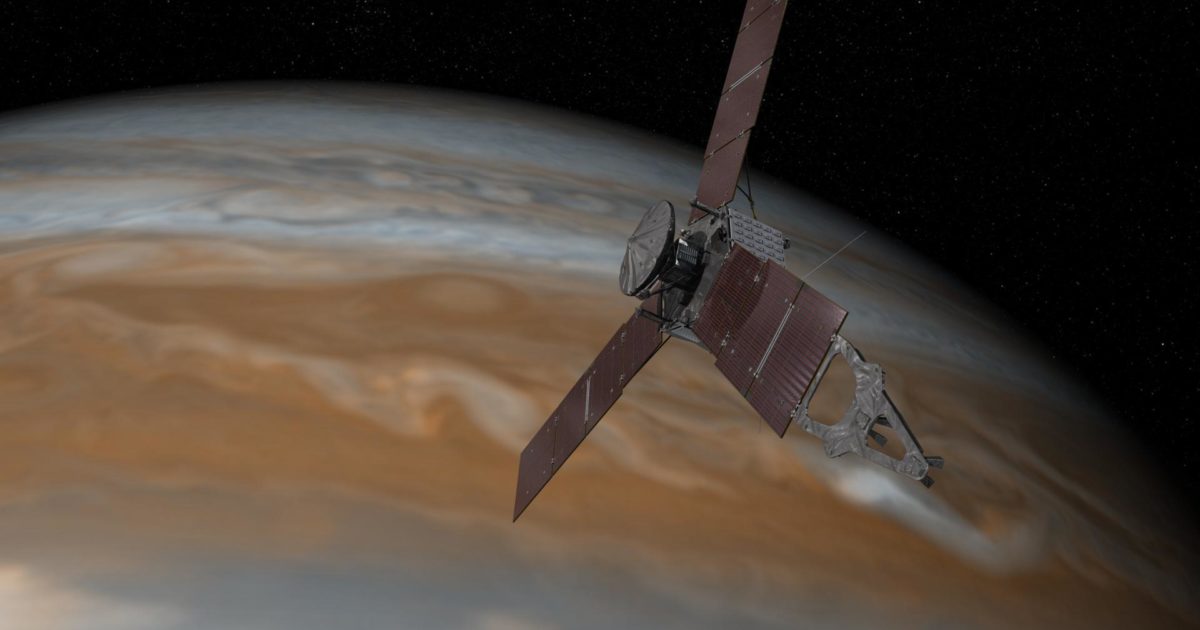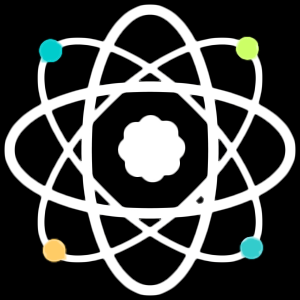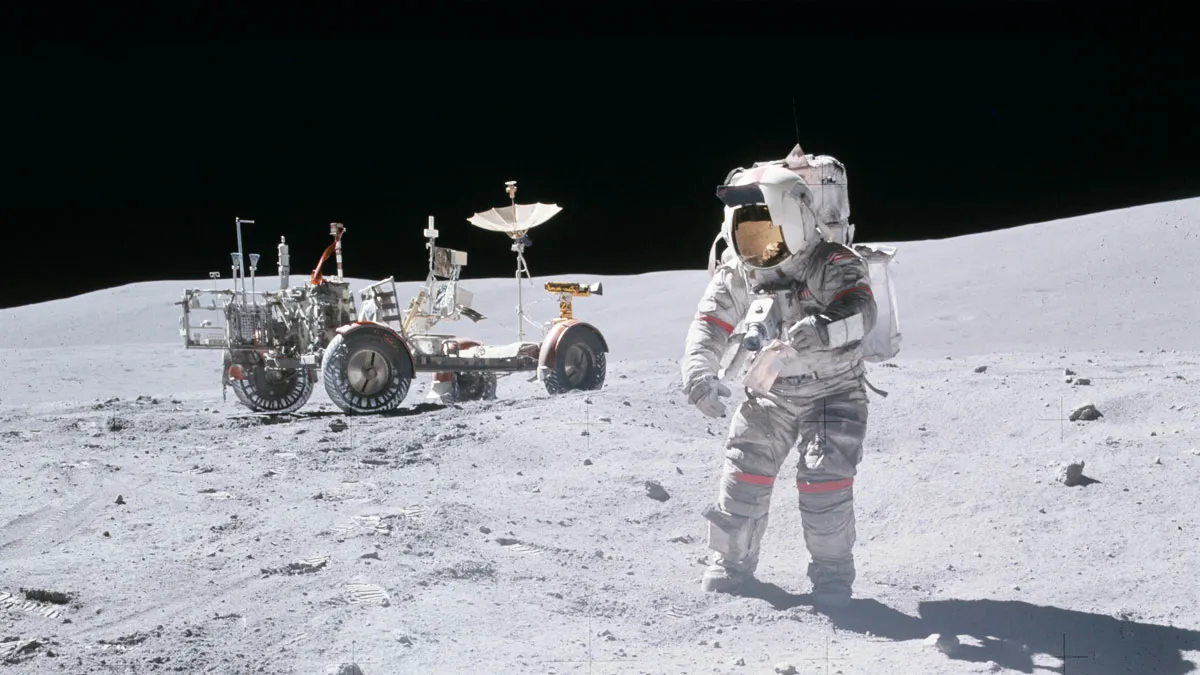NASA has been a pioneer in space investigation for decades, pushing the boundaries of what humankind can accomplish past soil. Through nonstop development in shuttle innovation and an arrangement of groundbreaking missions, NASA has extended our understanding of the universe and continues to motivate unused eras of researchers, engineers, and pioneers. From progressed impetus frameworks to automated pilgrims on removed planets, NASA’s mechanical advancements are reshaping the future of space travel.
Cutting-Edge NASA Shuttle Technologies
Advanced Impetus Systems
One of the most basic angles of NASA shuttle innovation is drive. Progressed impetus frameworks permit the shuttle to travel quicker and farther while carrying heavier payloads. NASA’s Space Dispatch Framework (SLS) speaks to one of the most capable dispatch vehicles ever made, planned to carry space travelers and cargo past the moon’s soil circle. These drive frameworks empower missions to the Moon, Phobos, and indeed more removed goals, diminishing travel time and expanding mission efficiency.
Robotic and Independent Systems
Robotics plays a significant part in NASA missions, particularly in situations that are too perilous or far off for people. Independent frameworks permit the shuttle to explore, collect tests, and conduct tests without steady human control. Damage wanderers such as Diligence and Interest depend intensely on independent routes, empowering them to investigate the Martian surface, analyze soil, and look for signs of past life. NASA’s continued advancement of independent innovation guarantees missions can adjust to unforeseen conditions in space.
Advanced Communication Technologies
Communicating over millions of miles is a major challenge in space investigation. NASA has progressed communication advances to transmit huge sums of information productively. Developments such as high-frequency and laser-based communication frameworks progress the speed and unwavering quality of information exchange from far-off shuttle back to Soil. These frameworks are fundamental for sending high-resolution pictures, logical estimations, and telemetry from missions over the sun-based system.
Small Shuttle and CubeSats
NASA is progressively turning to little shuttles and CubeSats to conduct logical inquiriesand innovation exhibits. These compact satellites are cost-effective, flexible, and competent at performing critical missions in space. CubeSats can screen Earth’s climate, conduct space tests, or go with bigger missions as assistant stages. The miniaturization of shuttle components has extended NASA’s capacity to investigate space in inventive ways.
Key NASA Missions Forming Space Exploration

Artemis Program: Returning People to the Moon
NASA’s Artemis program is a point of interest activity pointed at returning people to the Moon and building up a feasible nearness. The program includes a Progress shuttle, counting the Orion group vehicle and the SLS rocket, capable of carrying space explorers to the lunar circle and, in the long run, to the surface. Artemis is too centered on counting to begin with the lady and the other man on the Moon, illustrating NASA’s commitment to differences and economical space investigation. Lunar missions beneath Artemis will serve as a venturing stone for future human investigation of Mars.
Read Also:- The Strawberry Moon Full Moon
Mars Investigation Missions
NASA’s Mars missions have revolutionized our understanding of the Ruddy Planet. Wanderers like Interest and Diligence have given exceptional information on Martian topography, climate, and the potential for past life. These missions also test unused advances for future human investigation, such as independent routes and test collection. NASA plans to dispatch missions that might return Martian soil and subject the soil to shake tests, permitting researchers to ponder them in more noteworthy detail and reply to crucial questions about life on Mars.
Parker Sun-Based Test: Examining the Sun
NASA’s Parker Sun-based Test is planned to consider the Sun more closely than any past shuttle. By traveling through the Sun’s external air, the test collects information on sun-powered winds, attractive areas, and sun-oriented action. Understanding the Sun’s behavior is pivotal for ensuring satellites, space travelers, and indeed Earth-based advances are protected from space climate impacts. This mission embodies NASA’s capacity to handle complex challenges in extraordinary environments.
James Webb Space Telescope: Investigating the Universe
The James Webb Space Telescope (JWST) speaks to another era of space telescopes, watching the universe in infrared light. JWST permits researchers to ponder the arrangement of stars and universes, distinguish exoplanets, and investigate the early universe. Its advanced sensors and optics make it conceivable to capture uncommon subtle elements, pushing the boundaries of observational cosmology. JWST illustrates NASA’s commitment to utilizing innovation to extend humanity’s information of the cosmos.
Lucy Mission: Investigating Trojan Asteroids
NASA’s Lucy mission targets Jupiter’s Trojan space rocks, remnants of the early sun-oriented framework. These space rocks hold clues to the arrangement of planets and the advancement of our sun-based framework. By considering these firmament bodies, Lucy points to important bits of knowledge into the conditions and forms that formed our planetary neighborhood billions of years ago.
Future Headings in NASA Space Exploration
Human Missions to Mars
NASA is creating advances to bolster human investigation of damages. This incorporates progressed life-back frameworks, living spaces, and dependable impetus for long-duration missions. Planning for damages requires overcoming challenges such as radiation presentation, constrained assets, and extraordinary natural conditions. Fruitful human missions to Damaged might, on a very basic level, alter humanity’s nearness in space.
Space-Based Sun-Powered Power
NASA is investigating concepts for space-based sun-based control, which seem to capture sun-powered vitality in a circle and transmit it to soil. This innovation has the potential to give nonstop and renewable vitality, supporting both space missions and Earth’s vitality needs. Space-based, sun-powered control may become a basic asset for future space investigation and economical vitality arrangements on Earth.
Interstellar Exploration
While still in conceptual stages, NASA is exploring innovations that seem to empower interstellar investigation. Creating a shuttle capable of traveling past our sun-powered framework would open openings to ponder other star frameworks and look for livable planets. Interstellar missions will require progressive impetus frameworks and independent route innovations, pushing the limits of human ingenuity.
Read More:- NASAs Latest Discovery About Moon Water
Conclusion
"NASA’s spacecraft technology and missions" illustrate humanity’s tireless drive to investigate the obscure. From advanced drive and communication frameworks to mechanical pioneers and driven human missions, NASA proceeds to extend our understanding of the universe. These developments are not, as it were, logical revelations but are to rouse unused eras to dream greater and seek after careers in science, innovation, building, and arithmetic. As NASA proceeds to thrust the boundaries of investigation, the conceivable outcomes for disclosure are boundless, forming the future of space travel and growing humanity’s reach past soil.

